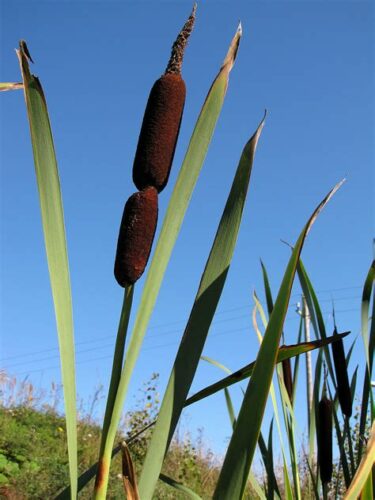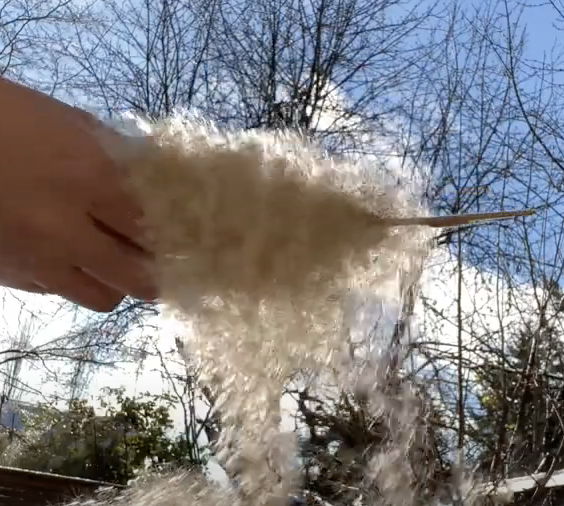Cattails are a versatile and edible plant that offers a variety of flavors and uses for foragers. From the cucumber-like shoots to the sweet and mellow flowers, and the golden treasure of pollen, cattails provide a unique and delicious addition to your culinary repertoire. Remember to harvest from a clean location and enjoy experimenting with these wild edibles in your favorite dishes.
Cattails, often referred to as the grocery store of the wild, are a versatile and edible plant with a myriad of uses. Every part of the cattail plant is edible, and during the growing season, three of these parts – shoots, flowers, and pollen – provide easily accessed and versatile food for foragers.

Let’s delve into the world of cattails and discover their unique flavors and uses.
- Cattail Shoots: The Cucumber of the Wild
Cattail shoots, or the tender core of the growing leaves, are best harvested before the plant begins to flower. They have a crunchy and satisfying cucumber-like taste and can be used in various dishes, such as salads, tzatziki, and yogurt soup. To harvest cattail shoots, simply peel back the outer two or three leaves and tug on the remaining leaves. Be sure to harvest from a clean location to avoid contamination.
- Cattail Flowers: A Sweet and Mellow Corn-like Treat
Cattail flowers are another edible part of the plant, with a sweet and mellow flavor similar to corn. They can be steamed or stripped off their inner core using an upside-down fork. Cattail flowers are best when harvested as they begin to emerge from their sheath. They can be enjoyed with butter and salt or added to egg dishes and soups for a unique twist.
- Cattail Pollen: The Golden Treasure
You can eat its bright yellow pollen. It can be used to substitute 1/3 of the flour in most recipes for baked goods, such as pancakes, muffins, and breads. It can also be used to add a sunny color and subtle milky corn flavor to rice dishes. To collect the pollen, shake the top portion of the cattail flower into a milk jug or a half-gallon Mason jar.
